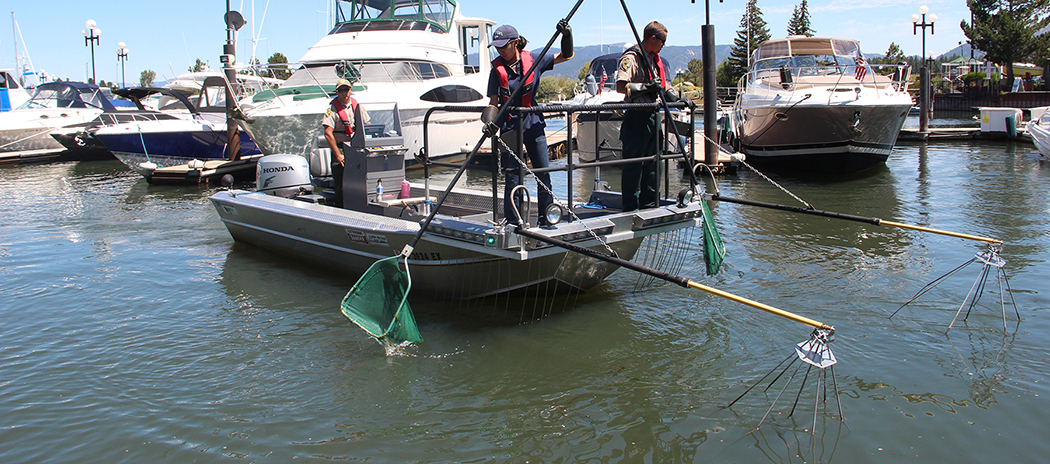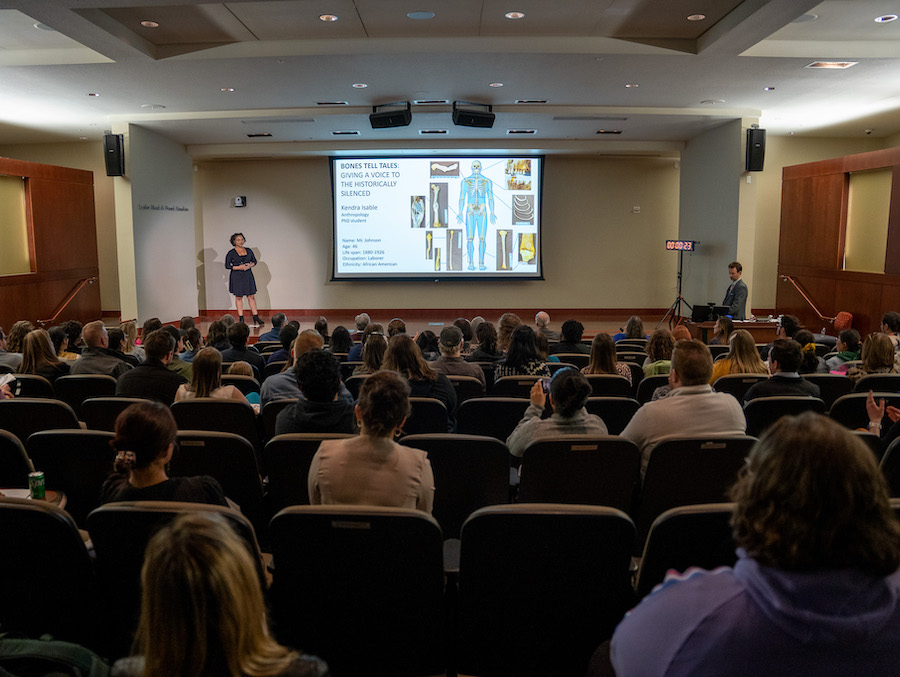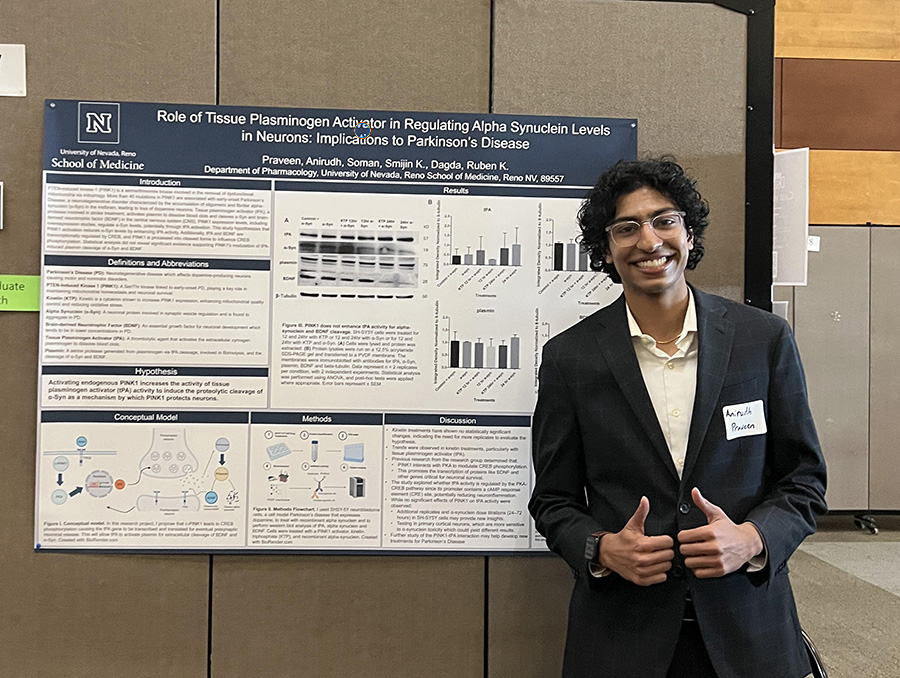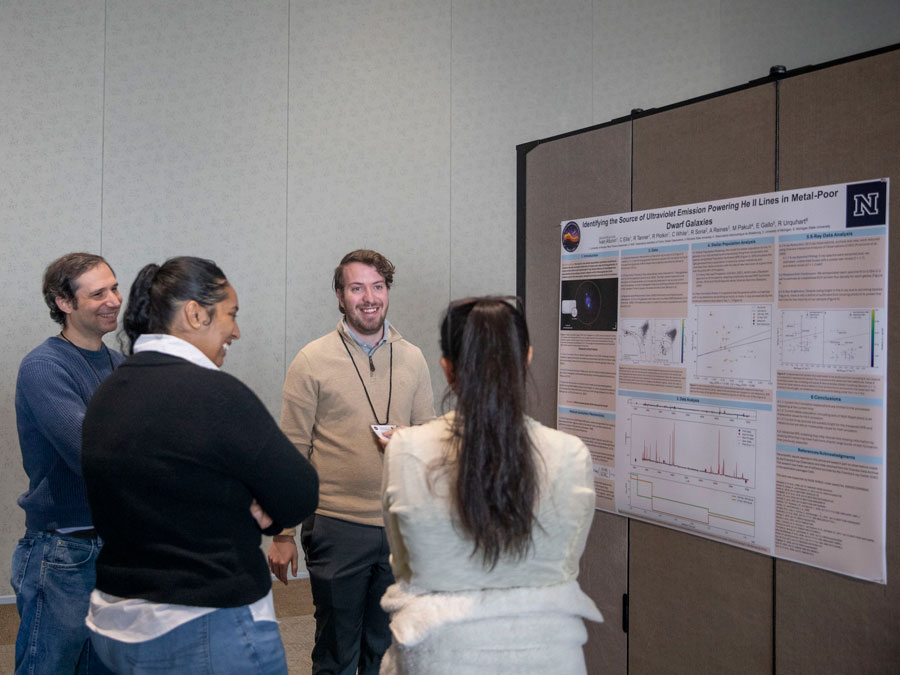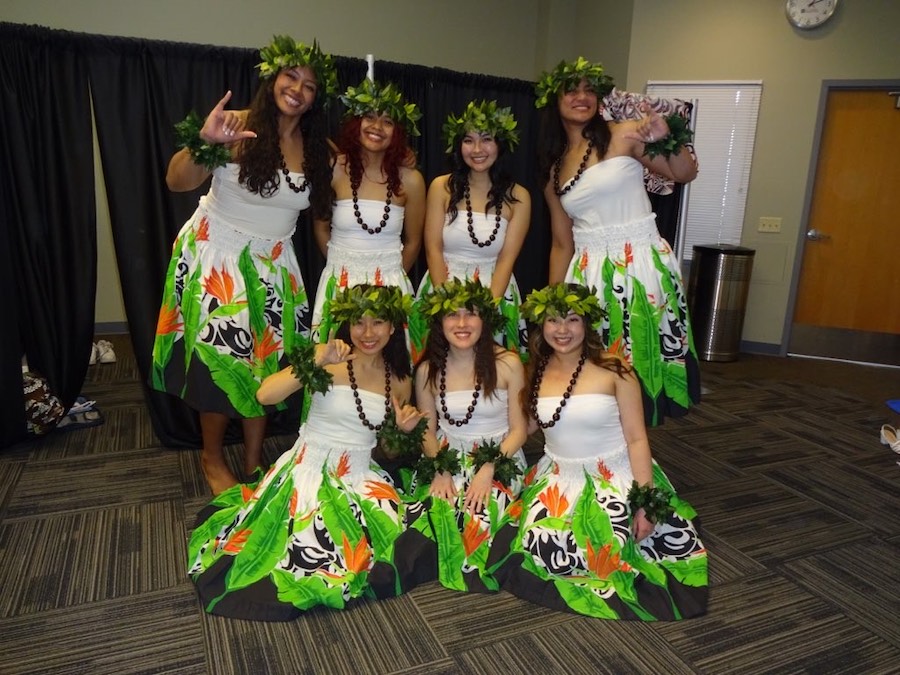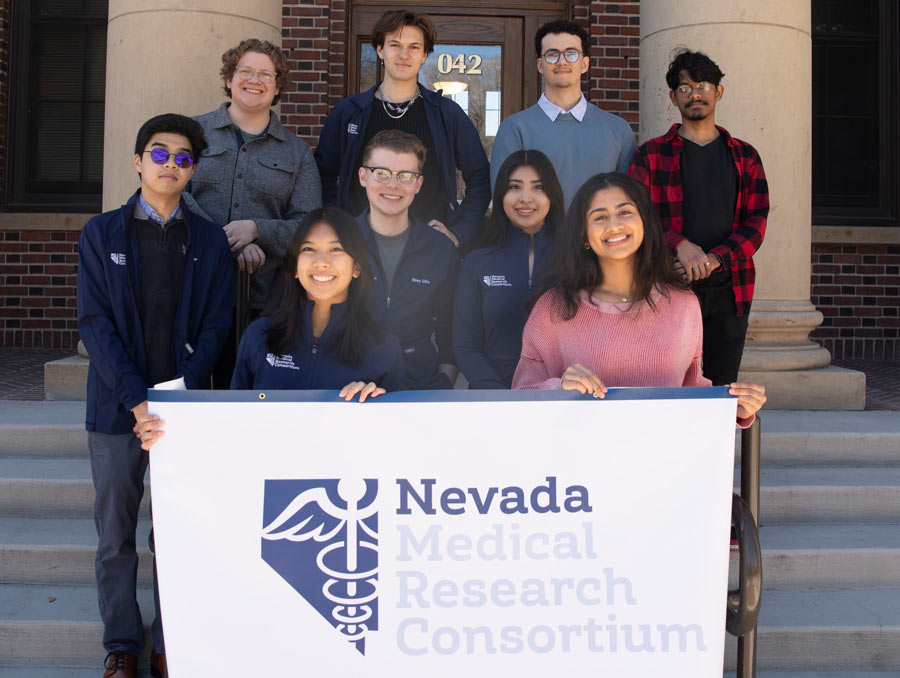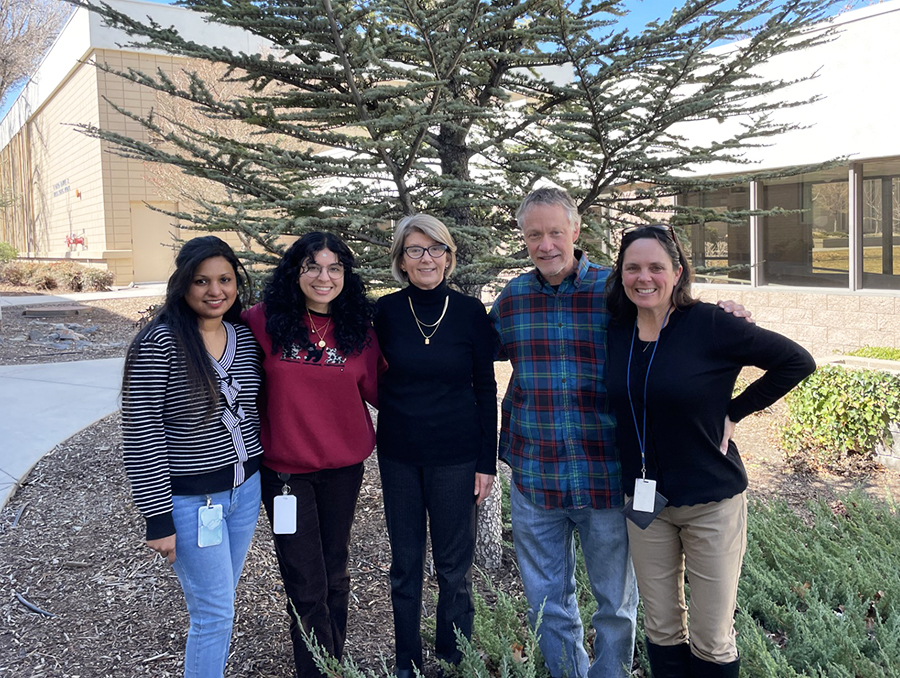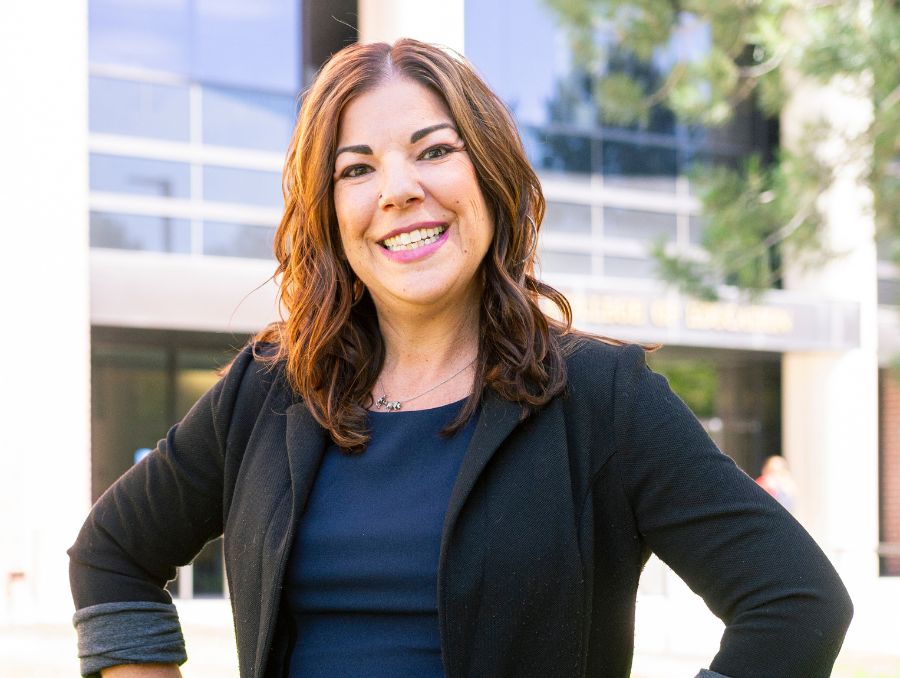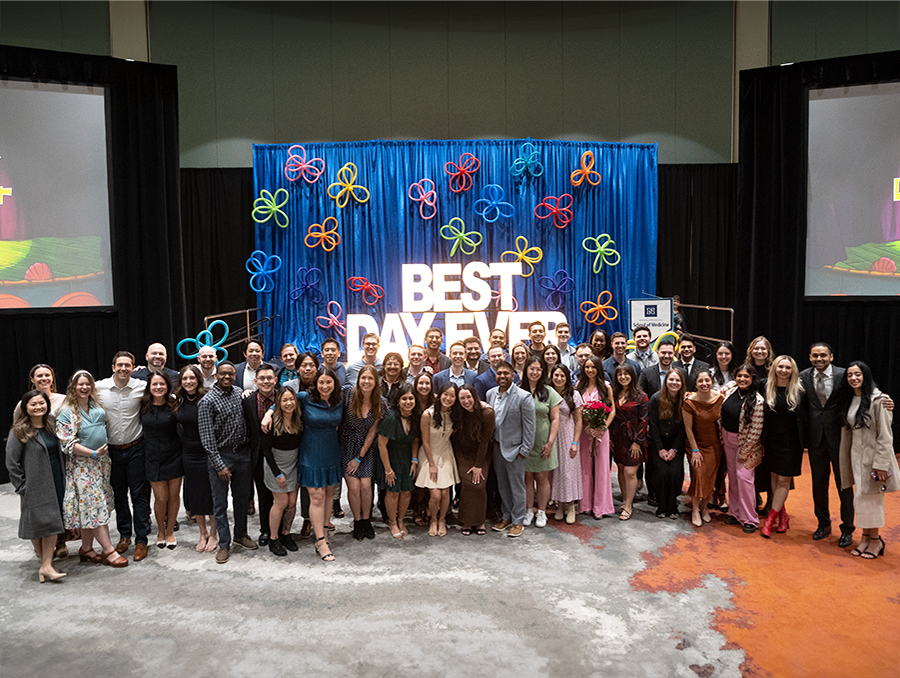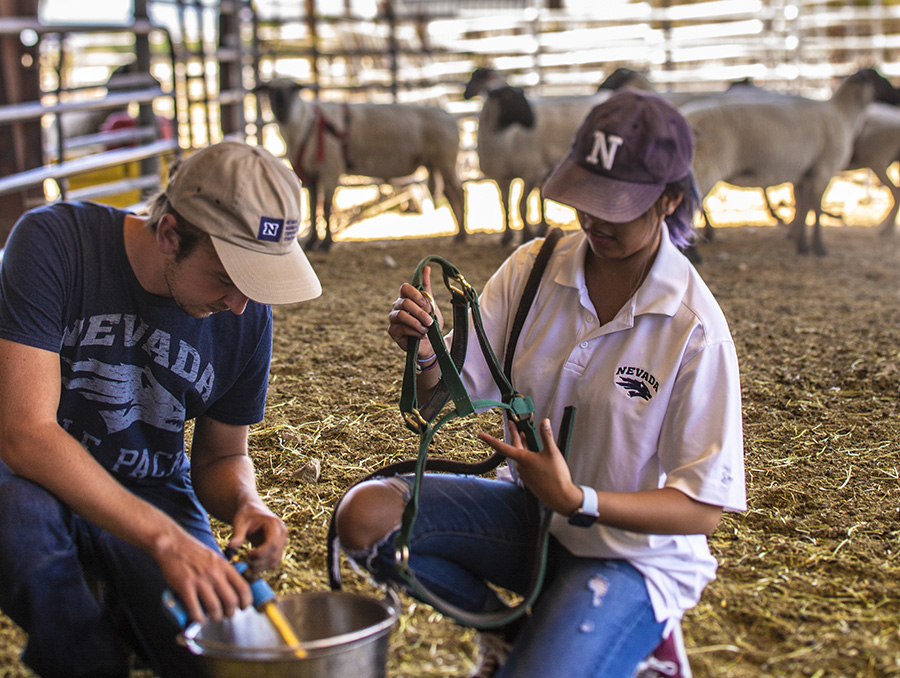With 51,000 fish harvested in a 3-year pilot program to rid Lake Tahoe of invasive fish, scientists are finding a way to put the fish to good use.
"We have transferred about 55 pounds of fish fillets to St. Vincent's (Food Pantry) since the start of the 2015 season, and about 200 pounds in one year during the pilot program," Christine Ngai, project lead and researcher from the University of Nevada, Reno's Aquatic Ecosystems Analysis Laboratory, said.
"We're absolutely thrilled to get the fish," Auburn Harrison, director of marketing and public relations at Catholic Charities of Northern Nevada which operates St. Vincent's Food Pantry, said. "Every little bit of food helps, and it's nice to know the fish are going into the bellies of people who are hungry - the poor and the homeless.
"It's a great change to offer healthier, fresh food. We partner with others in the community for fresh food, and this is important to us. We're thankful Christine and her crew thought of us for their fish from Lake Tahoe."
The fish are mainly largemouth bass and bluegill, fish that usually live in warm water. Smaller-bodied fish, not suitable for filleting, are processed and distributed to Animal Ark Wildlife Shelter in Reno. Remaining fish by-product is transported for composting with local compost processor Full Circle Soils & Compost in Gardnerville.
"After a funding shortfall last year, we scaled back the program; it's great to have more support this year to continue the successes we've had in harvesting the invasive fish," Ngai said. "During the pilot project, we removed the 50,000 fish mainly from the Tahoe Keys at South Shore. This year, we are glad to keep things rolling again and are monitoring other areas around the lake."
The research, conducted in collaboration with the California Department of Fish and Wildlife, has shown the Tahoe Keys is the primary spawning area for nonnative, warm-water fish. While the Tahoe Keys remains the primary focus of the removal efforts, scientists focus on several areas which have exhibited large populations of nonnative fish. Last year in the reduced program, the team operated in Crystal Bay and Cave Rock.
The researchers use a common fisheries survey method, electrofishing, which is used to sample fish populations for determining density, abundance and species composition. After fish are temporarily stunned, researchers scoop out the nonnative fish using nets at the end of long poles, while the native fish return to their natural state in a few minutes and swim away.
The environmental concern is that the invaders damage the habitat for native fish. For example, in the Tahoe Keys, the establishment of nonnative fish has virtually eliminated the native minnow population.
"In Lake Tahoe, since 1960, there has been a tenfold decline in native fishes, but what we also know is that these recent invaders could further depress the native population through competition and predation," Sudeep Chandra, a freshwater scientist in the University's biology department and director of the University's Aquatic Ecosystems Analysis Laboratory in the College of Science, said.
"We are also trying to determine the extent to which these fish are moving into the main part of the lake and when and where they might be moving," Chandra said. "We've found, and studies by scientists at other lakes have confirmed, that we must target the large spawning adult fish, and need continuous efforts, on a yearly basis, to be effective."
Expansion of the program is made possible through funding support by the California Tahoe Conservancy, Tahoe Resource Conservation District, Tahoe Regional Planning Agency and the continuing partnership with the California Department of Fish and Wildlife.
